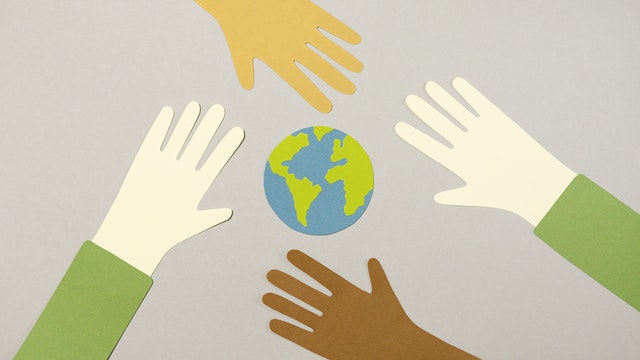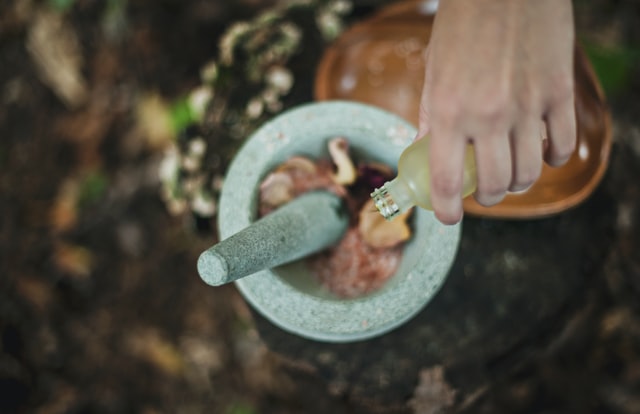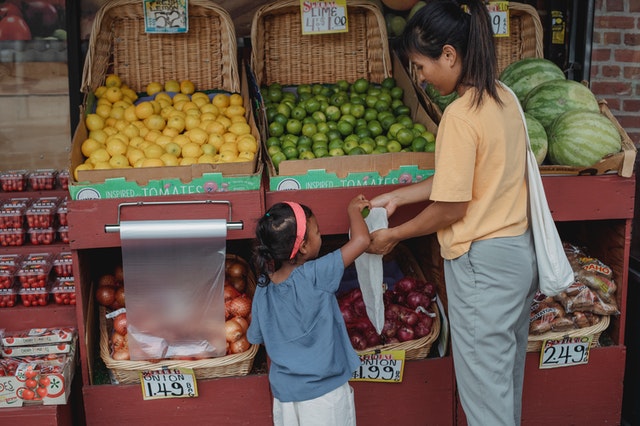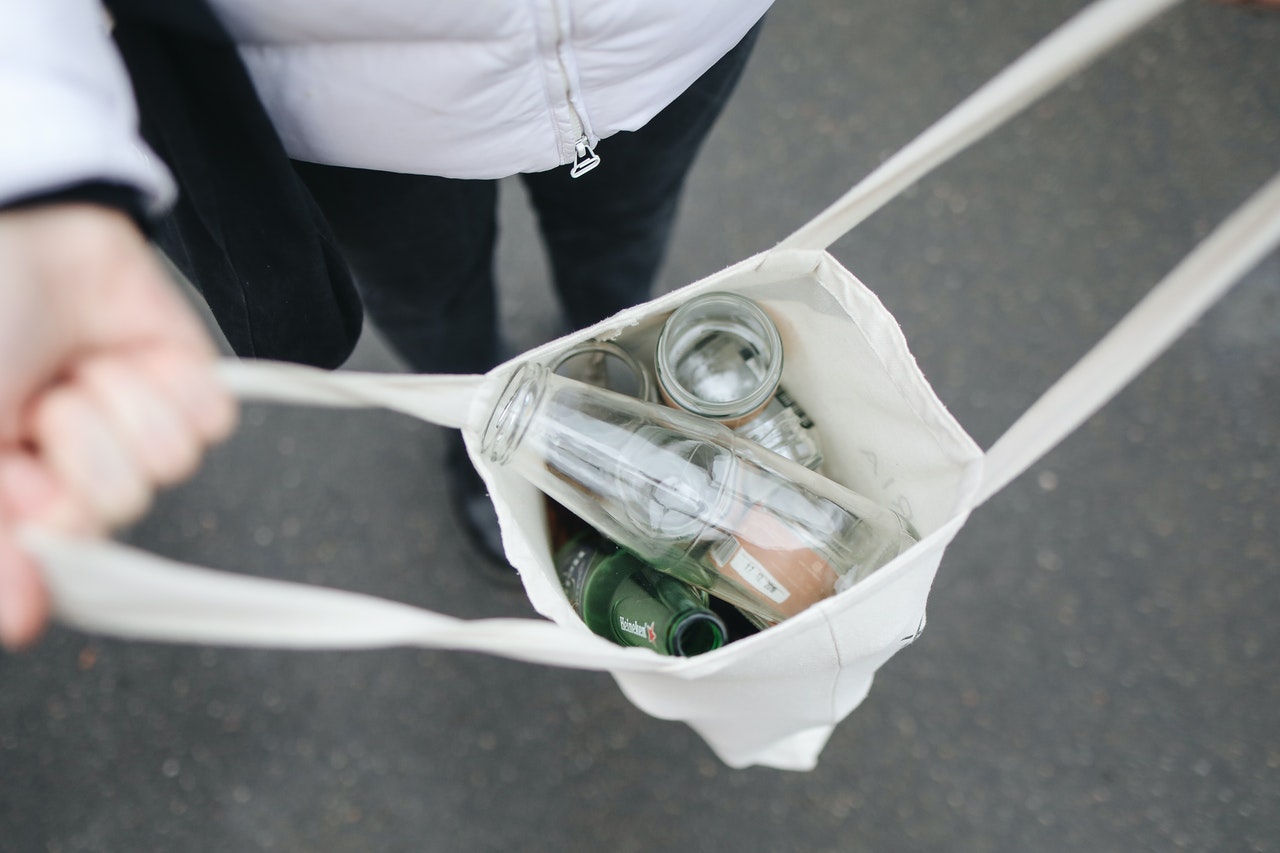From fossil fuels to plastics, humans use many resources every day that can cause serious harm to the environment. Thankfully, through small incremental changes, everyone can begin to live a more sustainable lifestyle at home and beyond. With a few simple updates to your lifestyle and the things you use every single day, it’s easy to begin adopting eco-friendly, sustainable habits that will last a lifetime.
Our planet is the only home we have, which is why it is pivotal that we collectively change everyday routines for more sustainable ones. For many, it might seem like making the transition can be troublesome, but it can actually be quite easy, In most cases, we just have to make little changes here and there, things we probably hadn’t even thought of, but that can create a big change when applied daily. There are many ways to be more sustainable, here we mention quite a few.
Read on to discover how you can minimize your impact on the environment and begin to live a sustainable lifestyle, sometimes it’s just about making sustainable swaps that you didn’t know about.
Benefits of Sustainable Living
There are resources to living a sustainable lifestyle.
Reduce carbon footprint. By going sustainable, you’ll reduce the amount of trash that goes into landfills, which may also enter our waterways, soil, and forests.
Save money. Choosing to use sustainable products can save you money since most items are reusable rather than disposable. You’ll save money on energy costs which results in lower household bills and expenses.
Protect the environment. Opting to go sustainable will help to reduce the demand for toxic chemicals, deforestation, and habitat destruction. Every time you change a habit, you’re making a small step toward being a better steward for the environment.
Take care of yourself. Sustainable living is generally healthier for your body and mind.
Transitioning to a sustainable lifestyle

You don’t have to “go sustainable” overnight. Here are a few tips to help make the transition easier:
Start small by making eco-friendly swaps. There are also several disposables you can replace with reusables.
Look for products labeled as eco-friendly, organic, packed in a sustainable package, cruelty-free, vegan and purchase them rather than those without the proper certifications.
Follow the three R’s. Reduce, reuse, recycle as much as you possibly can, and avoid recycling contamination.
Research ways you can transition over to a sustainable lifestyle at home so that these habits become second nature over time. Part of doing a sustainability research is also researching companies that are aligned with protecting the planet. There are companies in almost every area that are focused on creating their products or offering their services with sustainability in mind. From renewable energy companies to beauty products. By supporting these companies, you’re also supporting the health of our planet.
Dispose of waste sustainably An important part of leading a more sustainable life is also about focusing on how we dispose of trash. A big chunk of it can be recycled or reused, while there are other materials that are hazardous to the environment and require special disposing, such as batteries, oil, and chemicals.
Home products: kitchen, laundry, and more
The best way to live sustainably is by making smarter choices in your home. Here are some ideas to help you get started.
Kitchen: There are different ways you can make your kitchen more sustainable. A good starting point is to reduce water waste by replacing the faucet with a water-saving one. When doing the dishes soap first, then rinse, but avoid leaving the tap open in between.
Reduce waste: Reducing waste starts in your purchasing decisions. When doing your groceries, opt for fresh products. The less processed a food is the less packaging it has. When buying packaged foods make sure to choose carton or paper packages instead of those packaged in plastic.
Compost: Your old fruits and veggies can become a valuable resource in the form of compost. There are fantastic compost bins you can purchase online if you want to avoid the extra hustle that’s involved in using a rubbish bin.
Paper towels and napkins. Consider using paper towels that are only biodegradable and made of sustainable materials without excess dyes or chemicals. Other options include washable paper towels made of bamboo that can be reused several times. Try to use cloth napkins that can be washed over disposable ones whenever possible.
Alternatives to plastic wrap. Reduce your foil and plastic wrap consumption by storing your food in glass containers or reusable beeswax wraps. Food covers with silicone lids fit snugly over bowls and other containers to keep foods fresh. Anything made of safe materials like glass, stainless steel, or silicone are all excellent alternatives that reduce waste and keep your food just as fresh as plastic wrap or aluminum foil.
Alternatives to food storage bags. Keep snacks and chopped foods fresh with silicone food bags. These reusable food bags can be rinsed clean in the sink for easy use. Beeswax wrap is another great way to store your favorite foods to keep them fresh without tossing plastic into a landfill. You can also store food in stainless steel containers with a silicone lid or beeswax wrap on the top.
Reusable product bags. Instead of shopping with plastic bags, bring your own cloth tote instead. Look for items you buy that come in reusable bags or containers so you can continue to use them for storage or other purposes.
Reusable beverage containers. Say goodbye to plastic water bottles and Styrofoam cups by switching over to reusable bottles and tumblers. A coffee tumbler with a lid is an excellent way to enjoy a hot beverage while on the go. Switch disposable water bottles with a stainless-steel bottle so you can easily refill them and prevent throwing more trash into the garbage. It can be hard to go completely plastic-free, but reducing our plastic usage, switching to reusable or a different material can make a huge difference.
Sustainable dish soap. Try a dish soap that comes in a reusable bottle. Many brands offer refills that come in eco-friendly, biodegradable packaging. You simply fill your bottle back up with the product to reduce excess waste. Make sure that the products are not tested on animals and will be safe and eco-friendly for the environment once it goes down the drain.
Furniture. Instead of buying new furniture, consider upcycling pieces you find at thrift stores or yard sales. Make your own furniture from reclaimed woods or palettes for a fun home project.
Eco-friendly paint. Wall paint was once a major toxic component in a house, Nowadays, paint is safer from humans, however, this doesn’t necessarily mean it’s safe for the environment unless you’re looking for one that is. For a paint to be eco-friendly it needs to be zero-VOC paint, low-VOC paint or it needs to be natural paint.
Cleaning. Avoid using home cleaning products that contain toxic chemicals or bleach. Natural alternatives like apple cider vinegar mixed with baking soda and water do a great job of removing tough stains without excess waste or harm to the environment.
Water. Water is one of the most valuable resources that we need for our survival and is running short worldwide. There are several ways you can save water at home, from closing the tab when showering or washing hands, to recycling the washing machine water for toilets, mopping, and other usages. Check out this article with easy tips that will help you save water.
Businesses. There are always ways you can make your business transition to more environmentally-friendly practices. From reducing water usage to going paperless by using digital loyalty cards, there are several ways each industry can make eco-friendly choices.
Ditch the bottled water. Bottled water is the biggest business of the century, it creates millions of tons of plastic waste, and it requires thousands of gallons of water to produce the plastic in which they are bottled, both of which the consumer pays for. Of course, everyone needs clean drinking water, however, you can achieve this by installing high-quality filters that remove contaminants from tap water. Not only will you be saving money on bottled water but you would be reducing plastic waste.
Laundry. Wash clothes less often and use cold water to save energy. Only run your washing machine when it’s full. You can also hang-dry your clothes to save energy too. Look for clean, eco-friendly laundry detergents, too. There are two main aspects when it comes to doing sustainable laundry.
1- Soap: Make sure you’re using environmentally-friendly laundry soap that won’t affect rivers, lakes, and oceans. The market has several brands that are eco-friendly and biodegradable.
- 2- Water: The average washing machine uses approximately 19 gallons of water per load. You can recycle the water of the second rinse (which pretty much comes out pristine) and use it for more laundry loads, toilets, or mopping.
Garden. When using pesticides or fertilizers make sure to use organic and eco-friendly ones that will get rid of the pests but will allow other friendly insects to live. When it comes to fertilizers, organic is best. A 19-19-19 fertilizer can provide the perfect amount of nutrients for your soil as well as being an organic option.
Sustainable living often involves using energy-efficient appliances that use less electricity or water. Old or broken appliances can use more power or water. To keep your eco-friendly features working well, it’s important to do regular maintenance. By following the maintenance requirements, homeowners can make their sustainable systems last longer and avoid expensive repairs. Home warranty plans typically cover the repair or replacement of common household appliances like fridges, washing machines, and dishwashers. Energy-efficient appliances may have fewer breakdowns due to their advanced technology and may be eligible for coverage under a home warranty. Many home warranty plans also require regular maintenance to keep the coverage active.
Ultimately, saving water is important for reducing utility bills and preventing water damage in the home. Installing low-flow fixtures, fixing leaks promptly, and being mindful of water usage can all help conserve water. Similarly, using energy-efficient appliances and optimizing heating and cooling systems can lower electricity bills and extend the lifespan of household systems. By minimizing the strain on plumbing, HVAC, and electrical systems, homeowners can experience fewer breakdowns and potentially avoid needing repairs covered by a home warranty.
Health Products

You can transition to a sustainable lifestyle with some smart DIY healthy products.
There are several everyday beauty and personal hygiene products that your can make at home and with great high-quality products, from essential oils to shampoo. If we take great care of the products that we eat we should also care about the products we put on our bodies. A healthier choice for our body is also a healthier choice for our planet. If you prefer to purchase already made products, there are also great eco-friendly brands to add to your cabinet.
Shampoo. Replace bottled shampoo with an eco-friendly shampoo bar that uses zero packagings, thus producing zero waste. You can also try your hand at mixing a few simple ingredients together. Add your favorite essential oils for a clean boost of fragrance.
Hair conditioner. Just like shampoos, you can try an eco-friendly conditioner bar for soft, smooth hair. To make a DIY eco-friendly conditioner bar, add ingredients like shea butter, argan oil, or coconut oil for smooth and silky locks.
Eco-Friendly razor. Replace disposable razors with one that features a reusable handle. This is a better way to shave since it reduces the amount of waste you produce. Look for razors that are plastic-free and feature recyclable blades to increase sustainability.
Menstrual products. Consider switching from plastic tampons and pads to silicone or fabric sanitary pads. Both of these items are washable and reusable, and they’re also safer for your body too. Menstrual panties are another excellent choice to keep you dry and help you transition to a sustainable lifestyle at home.
Make-up removal. Instead of disposable cotton pads or make-up removing wipes, switch to fabric pads. Look for pads made of soft, eco-friendly bamboo cloth that can be washed and reused several times instead of wipes that don’t degrade and end up clogging sewer systems and landfills.
Garbage
You can make some lifestyle changes with the garbage you produce to help live a sustainable lifestyle.
How to Reduce, Reuse, and Recycle. Follow this friendly guide to practice a sustainable lifestyle. You can reduce your consumption by choosing to purchase products with less waste or by not buying items you don’t need at all. Reuse things like food and beverage storage, paper towels, and other items you’d typically throw away after one use. Finally, determine what items you can recycle and how you can help recycle items from your home in your local community. Repurpose your items and find creative ways to update them.
How to separate garbage. Most garbage is recycled based on category. If you don’t get the option to separate from your city or town, use color-coded bins to help make separating trash easier. Most recycling centers separate things by material like metal, paper, and plastic. Toss each item into the appropriate bin before you take it for recycling. You can compost food scraps and coffee grinds to use them as fertilizer for your garden.
Clothing
Consider choosing more sustainable clothing to help you live a sustainable lifestyle.
Second-hand clothes. Shop at thrift stores, yard sales, and consignment boutiques to find beautiful, gently used second-hand clothes and give them a new life. This is a great way to recycle clothes while reducing waste. You can also explore several websites offering online thrifting, making it easy to find unique pieces without buying everything brand-new.
Slow fashion. Fast fashion has detrimental effects on the environment. Look for brands that offer limited designs, no-waste manufacturing processes, and better production methods that don’t harm the environment.
Upcycling. You can quickly turn a piece of clothing into something new through upcycling. Look for gorgeous vintage pieces, then add your own personal touch to make them trendy and fresh.
Where can you find eco-friendly products?

There are many places you can shop sustainably for a variety of eco-friendly products for a more sustainable life.
Local shops and markets. Shop small and when buying things like clothing, food, and household goods. Your local farmer’s market will offer fresh produce locally grown, which means it likely uses fewer chemicals and much fewer pollutants to transport it from the farm to your table. Explore local second-hand boutiques to find fun clothing and jewelry items. Shopping local and small is a great way to discover new and unique eco-friendly products.
Eco-friendly shops. Whether it’s local or online, there are plenty of retailers and brands that offer nothing but eco-friendly products. Research different companies until you find a few that offer what you need according to your standards and preferences. Actually, nowadays there are several eco-friendly shops that have sustainability as their main focus, making it easier for consumers.
Online stores. More online stores are moving toward selling sustainable goods. Choose stores that package their wares in recyclable or biodegradable packaging whenever possible. Also, ask about their shipping processes to confirm that it’s done as sustainably as possible.
Whether it’s trading in your old shampoo for a DIY bar, or tossing out disposable water and food containers, any change you make can lead toward a more sustainable lifestyle. As you make these changes step-by-step, you’ll soon discover that living a sustainable lifestyle is easier than you thought. Use these tips to help make the switch so you can contribute to a cleaner, greener world for all.




